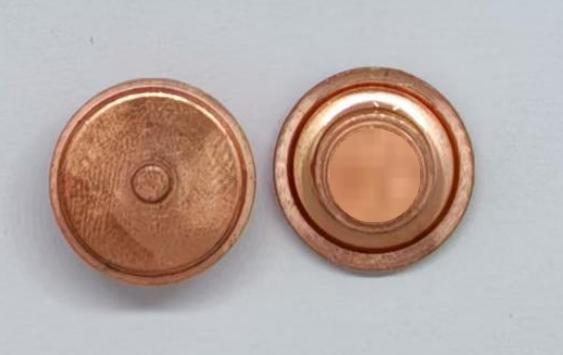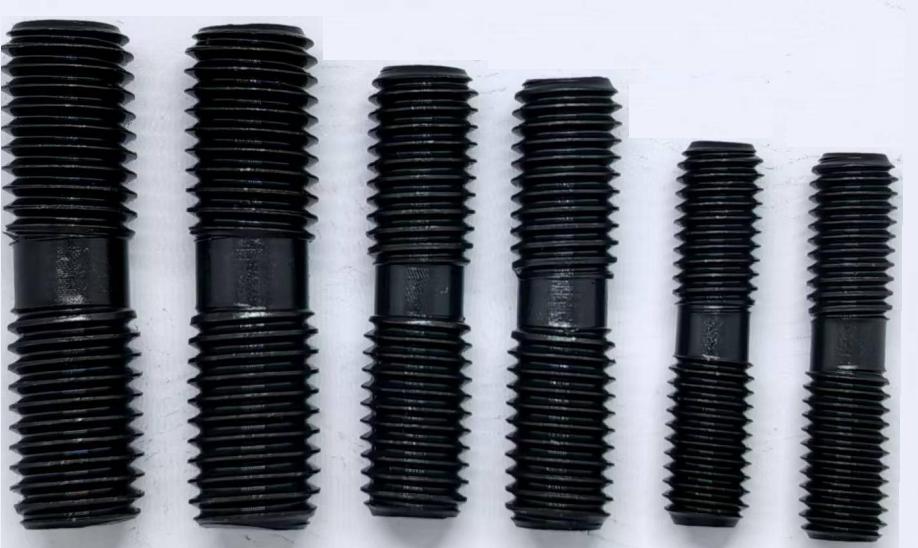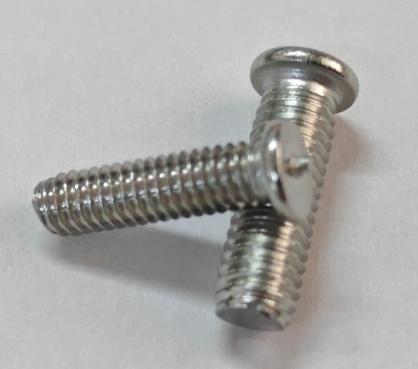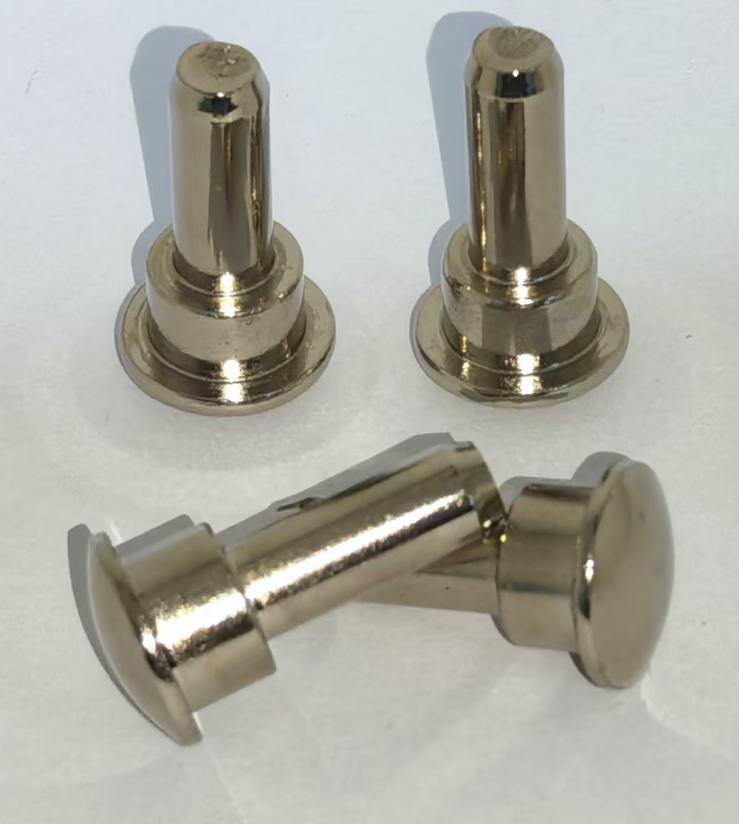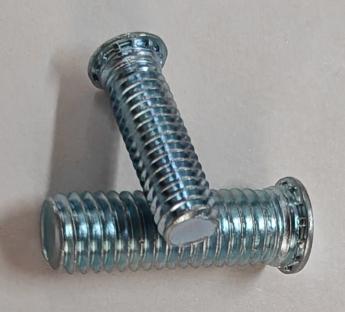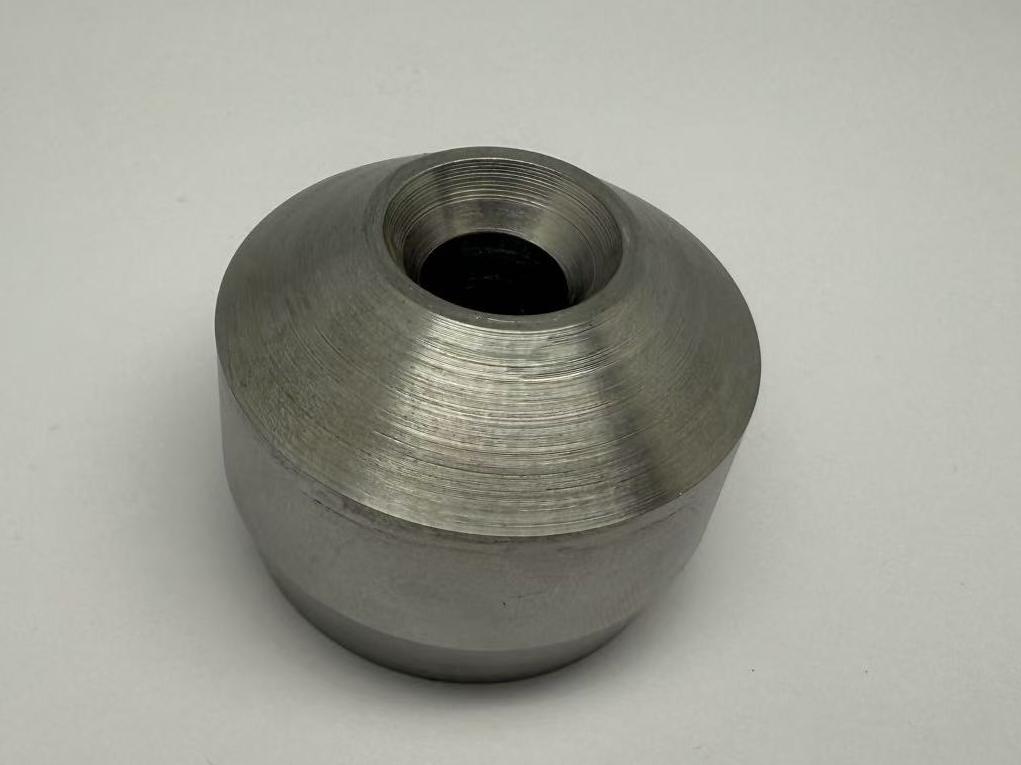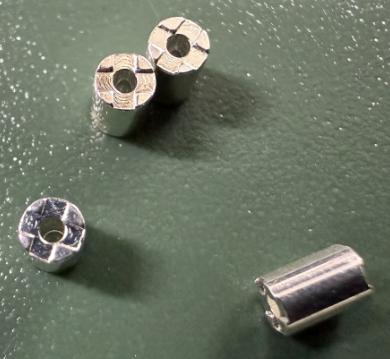How to Remove Nuts that are Stuck: Effective Methods and Precautions?
Whether they’re rusted, overtightened, or simply refusing to budge, nuts that are stuck should be a frustrating obstacle. In this article, we’ll discuss the topic of how to remove nuts that are stuck, taking you through several effective methods to remove nuts that are stuck, using common and household tools, and what should be paid attention to during the removal process.
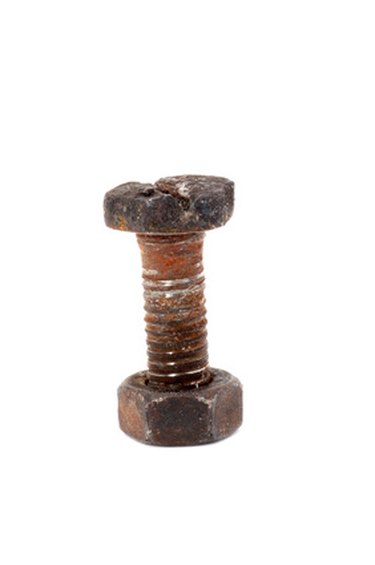
What are the Effective Methods to Remove Nuts that are Stuck?
Penetrating Oil
It’s a good idea to start with a penetrating oil like WD-40 or PB Blaster before exerting any physical force. Apply a liberal amount of oil to the stuck nut and let it sit for at least 15-30 minutes. These oils act by dissolving any rust or corrosion that may be clinging to the nut. If necessary, reapply the oil before attempting to turn the nut with a wrench. The oil’s lubrication should make it easier to break the nut out.
Heat
If the nut remains stubborn after adding penetrating oil, heat can be your ally. Use a propane torch or a heat gun to carefully heat the area around the nut. Expansion due to heat can help break the rust or thread-locker’s grip on the nut. Be cautious not to overheat, especially if the nut is close to flammable materials. Once heated, use a wrench or pliers to attempt removal again.
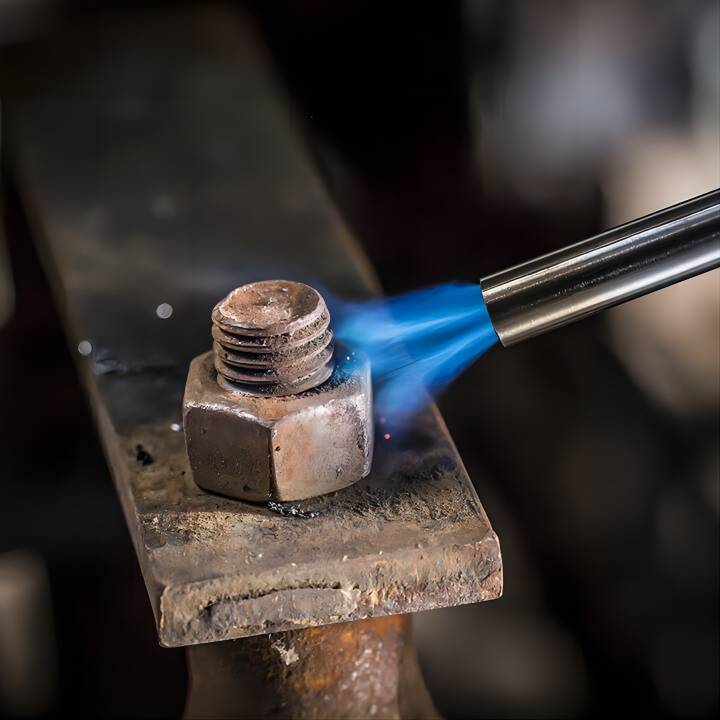
Impact Tools
Impact equipment, such as an impact driver or impact wrench, can be quite effective for removing stubborn nuts. These instruments give high-torque blows to the nut, assisting in breaking the bond that holds it in place. Use the correct size socket or driver attachment, and apply consistent pressure with the impact tool. Keep your hand and face away from the nut and tool in case it unexpectedly breaks free.
Vise Grips or Locking Pliers
Sometimes nuts become so jammed that a wrench cannot gain a good hold on them. Vise grips or locking pliers can come in handy in such situations. Clamp the pliers as tightly as possible around the nut and then turn counterclockwise. The locking mechanism should provide a strong grip, allowing you to apply more force without the risk of slipping.
Nut Splitter
A nut splitter is a specialized tool that is specifically developed for extracting trapped nuts. It comprises a tiny blade that is placed over the nut, then a screw is tightened to split the nut open. Nut splitters are especially useful for nuts that have become excessively corroded or overtightened.
Double Nut Method
If you can’t get to the backside of the nut or it’s in a tight spot, consider the double nut approach. Tighten a second nut onto the same bolt or threaded rod against the jammed nut. Then, turn the second nut counterclockwise with a wrench. The additional leverage can assist in breaking the bond, allowing you to extract the jammed nut.
Cutting Tools
As a last resort, when all else fails, cutting the nut off may be your only option. You can use a hacksaw or an angle grinder with a cutting wheel to carefully cut through the nut. Be cautious not to damage the underlying material while cutting. After the nut is removed, clean up any rough edges or remaining threads.
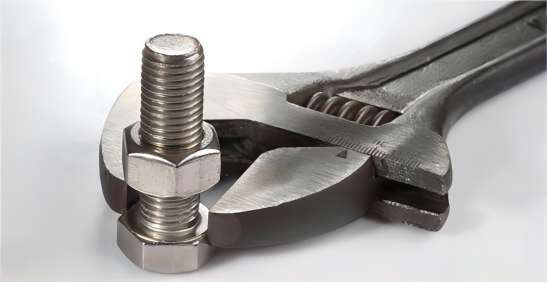
What are the Precautions for Removing Nuts That Are Stuck?
Removing stuck nuts can be a challenging task, and it’s important to take certain precautions to ensure your safety and the success of the operation.
Safety Gear
Always wear appropriate safety gear, including safety glasses or goggles to protect your eyes from debris, gloves to safeguard your hands, and, if necessary, ear protection if using loud tools like impact drivers.
Ventilation
When using penetrating oil or heat, ensure you’re in a well-ventilated area to prevent inhaling fumes or gases.
Stability
Ascertain that your working environment is stable and secure. When working on a car, utilize jack stands to keep it stable. You don’t want a car or big object to shift while you’re working on it.
Clear Work Area
To reduce clutter and potential risks, remove any superfluous things from your workspace. Make certain that you have enough space to work comfortably.
Know Your Tools
Familiarize yourself with the tools you’ll be using, whether it’s a wrench, pliers, an impact tool, or a cutting tool. Ensure they are in good working condition.
Proper Lighting
Adequate lighting is essential to see what you’re doing clearly, especially if you’re working in tight or dimly lit spaces.
Steady Hand
Use tools with a steady hand, especially when applying force. Sudden jerks or slips can lead to accidents.
Check for Flammable
When using heat to loosen nuts, be aware of nearby flammable materials. Keep a fire extinguisher on hand just in case.
Double-check for Live Wire
If you’re working on machinery or electrical components, ensure that there are no live wires nearby. Turn off the power source if necessary.
Patient Approach
Avoid hurrying through the process. Excessive force can result in stripped or damaged threads, exacerbating the condition.
Proper Disposal
Properly dispose of used oil, cutting residue, or any hazardous items in line with local requirements.
Emergency Plan
Be prepared for the unexpected. Have a plan for how to react if a tool breaks or a nut unexpectedly loose to avoid damage.
Seek Professional Help
If you’re in a very difficult or dangerous position, don’t be afraid to seek professional help. Mechanics, plumbers, and other experts may have the necessary tools and skills.
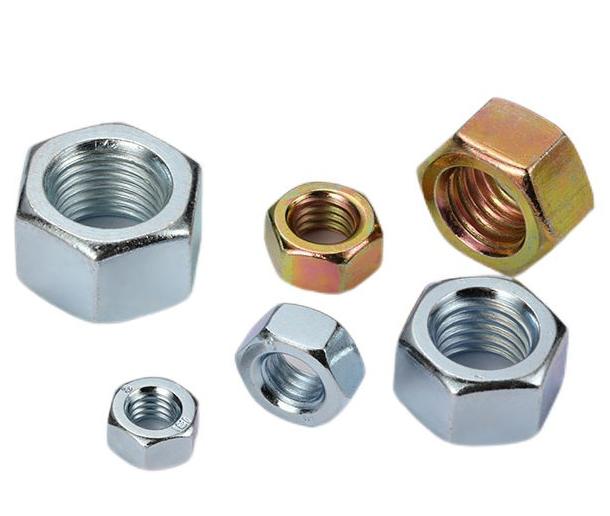
Conclusion
Dealing with a stuck nut can be aggravating, but with the correct equipment and skills, you can usually get it out without too much difficulty. Begin with penetrating oil and heat, then graduate to impact tools, vise grips, and, if necessary, a nut splitter. If all else fails, don’t be afraid to cut the nut off. To protect yourself during the process, remember to take your time, work carefully, and wear suitable safety equipment. You’ll be able to extract even the most obstinate stuck nuts and finish your project with patience and effort.

